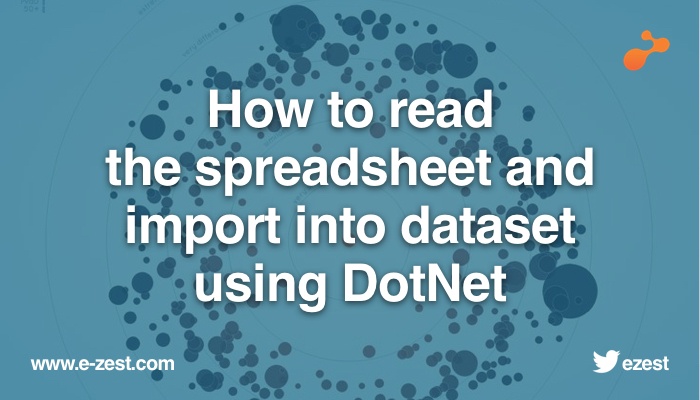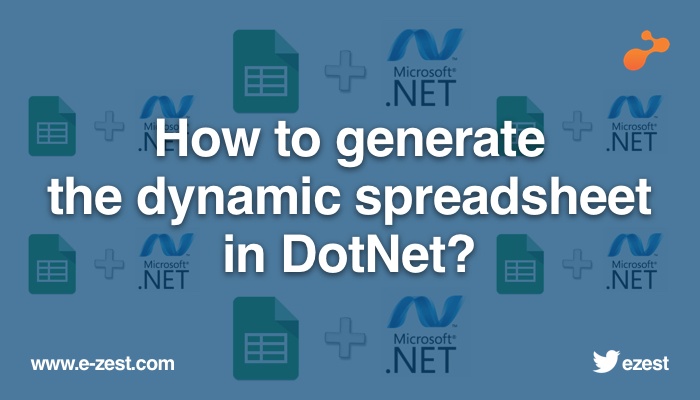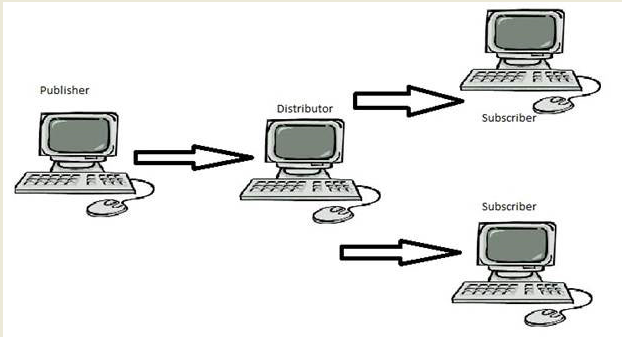Introduction
Hello Friends, I would like to share some of my interesting findings for retrieving the Active Directory information for authentication in web application using C#.NET.
So let’s move on to the implementation details.
Life has been made easy with the introduction of the System.DirectoryServices.dll library in .Net Framework. There's a simple function which I have written that does the Forms/Window authentication to permit users to authenticate against Active Directory using the Lightweight Directory Access Protocol (LDAP).
This custom function basically takes a username, and tries to authenticate it on the given LDAP (Active Directory).
The code below demonstrates the same.
Add the reference to the System.DirectoryServices.dll. Then, include the library in your page:
using System.DirectoryServices;
I have created a custom static class for accessing all Active Directory properties
public static class ADProperties
{
public const string ACCOUNTEXPIRES = "accountExpires";
public const string ADMINCOUNT = "adminCount";
public const string BADPASSWORDTIME = "badPasswordTime";
public const string BADPWDCOUNT = "badPwdCount";
public const string CITY = "l";
public const string CODEPAGE = "codePage";
public const string COMPANY = "company";
public const string CONTAINERNAME = "cn";
public const string COUNTRY = "co";
public const string COUNTRYCODE = "countryCode";
public const string COUNTRYNOTATION = "c";
public const string DEPARTMENT = "department";
public const string DIRECTREPORTS = "directReports";
public const string DISPLAYNAME = "displayName";
public const string DISTINGUISHEDNAME = "distinguishedName";
public const string DSCOREPROPAGATIONDATA = "dSCorePropagationData";
public const string EMAILADDRESS = "mail";
public const string EXTENSION = "ipPhone";
public const string FAX = "facsimileTelephoneNumber";
public const string FIRSTNAME = "givenName";
public const string HOMEMDB = "homeMDB";
public const string HOMEMTA = "homeMTA";
public const string HOMEPHONE = "homePhone";
public const string INSTANCETYPE = "instanceType";
public const string LASTLOGOFF = "lastLogoff";
public const string LASTLOGON = "lastLogon";
public const string LASTLOGONTIMESTAMP = "lastLogonTimestamp";
public const string LASTNAME = "sn";
public const string LEGACYEXCHANGEDN = "legacyExchangeDN";
public const string LOGINNAME = "sAMAccountName";
public const string LOGONCOUNT = "logonCount";
public const string MAILNICKNAME = "mailNickname";
public const string MANAGER = "manager";
public const string MDBUSEDEFAULTS = "mDBUseDefaults";
public const string MEMBEROF = "memberOf";
public const string MIDDLENAME = "initials";
public const string MOBILE = "mobile";
public const string MSEXCHHOMESERVERNAME = "msExchHomeServerName";
public const string MSEXCHMAILBOXGUID = "msExchMailboxGuid";
public const string MSEXCHMAILBOXSECURITYDESCRIPTOR = "msExchMailboxSecurityDescriptor";
public const string MSEXCHPOLICIESINCLUDED = "msExchPoliciesIncluded";
public const string MSEXCHRECIPIENTDISPLAYTYPE = "msExchRecipientDisplayType";
public const string MSEXCHRECIPIENTTYPEDETAILS = "msExchRecipientTypeDetails";
public const string MSEXCHUSERACCOUNTCONTROL = "msExchUserAccountControl";
public const string MSEXCHVERSION = "msExchVersion";
public const string NAME = "name";
public const string NTSECURITYDESCRIPTOR = "nTSecurityDescriptor";
public const string OBJECTCATEGORY = "objectCategory";
public const string OBJECTCLASS = "objectClass";
public const string OBJECTGUID = "objectGUID";
public const string OBJECTSID = "objectSid";
public const string PAGER = "pager";
public const string PHYSICALDELIVERYOFFICENAME = "physicalDeliveryOfficeName";
public const string POSTALCODE = "postalCode";
public const string PRIMARYGROUPID = "primaryGroupID";
public const string PROXYADDRESSES = "proxyAddresses";
public const string PWDLASTSET = "pwdLastSet";
public const string SAMACCOUNTTYPE = "sAMAccountType";
public const string SERVICEPRINCIPALNAME = "servicePrincipalName";
public const string SHOWINADDRESSBOOK = "showInAddressBook";
public const string STATE = "st";
public const string STREETADDRESS = "streetAddress";
public const string TITLE = "title";
public const string USERACCOUNTCONTROL = "userAccountControl";
public const string USERPRINCIPALNAME = "userPrincipalName";
public const string USNCHANGED = "uSNChanged";
public const string USNCREATED = "uSNCreated";
public const string WHENCHANGED = "whenChanged";
public const string WHENCREATED = "whenCreated";
}
You can use the following function along with forms based authentication or it can used just to check a user's credentials. It takes the following input variables:
username: The user's account name. It can be prefixed by the domain;
e.g., mydomaintom or just username ex: tom..
public void GetActiveDirectoryDetails(string username)
{
DirectorySearcherdirectorysearcher = new DirectorySearcher();
var path = directorysearcher.SearchRoot.Path;
DirectoryEntry dirEntry = new DirectoryEntry(path);
DirectorySearcher dirSearcher = new DirectorySearcher(dirEntry) { Filter = "(" + ADProperties.LOGINNAME + "=" + username+ ")" };
SearchResult result = dirSearcher.FindOne();
if (result != null)
{
if (result.Properties.Contains(ADProperties.FIRSTNAME))
{
firstName = Convert.ToString(result.Properties[ADProperties.FIRSTNAME][0]);
}
if (result.Properties.Contains(ADProperties.LASTNAME))
{
lastName = Convert.ToString(result.Properties[ADProperties.LASTNAME][0]);
}
if (result.Properties.Contains(ADProperties.EMAILADDRESS))
{
emailId = Convert.ToString(result.Properties[ADProperties.EMAILADDRESS][0]);
}
if (result.Properties.Contains(ADProperties.DEPARTMENT))
{
department = Convert.ToString(result.Properties[ADProperties.DEPARTMENT][0]);
}
}
}
The below code will help you to fetch the Groups from the Active Directory
public string GetGroups(string param)
{
DirectorySearcher directorysearcher = new DirectorySearcher();
var path = directorysearcher.SearchRoot.Path;
DirectoryEntry dirEntry = newDirectoryEntry(path);
DirectorySearcher dirSearcher = new DirectorySearcher(dirEntry) { Filter = "(" + ADProperties.LOGINNAME + "=" + param + ")" };
SearchResult result = dirSearcher.FindOne();
StringBuildergroupNames = new StringBuilder();
try
{
int propertyCount = result.Properties["memberOf"].Count;
string dn;
int equalsIndex, commaIndex;
for (int propertyCounter = 0; propertyCounter < propertyCount; propertyCounter++)
{
dn = (string)result.Properties["memberOf"][propertyCounter];
equalsIndex = dn.IndexOf("=", 1);
commaIndex = dn.IndexOf(",", 1);
if (-1 == equalsIndex)
{
return null;
}
groupNames.Append(dn.Substring((equalsIndex + 1), (commaIndex - equalsIndex) - 1));
groupNames.Append("|");
}
}
catch (Exception ex)
{
throw new Exception("Error obtaining group names. " + ex.Message);
}
return groupNames.ToString();
}
So friends, I hope this will help you to get all Active Directories in a single custom file.



